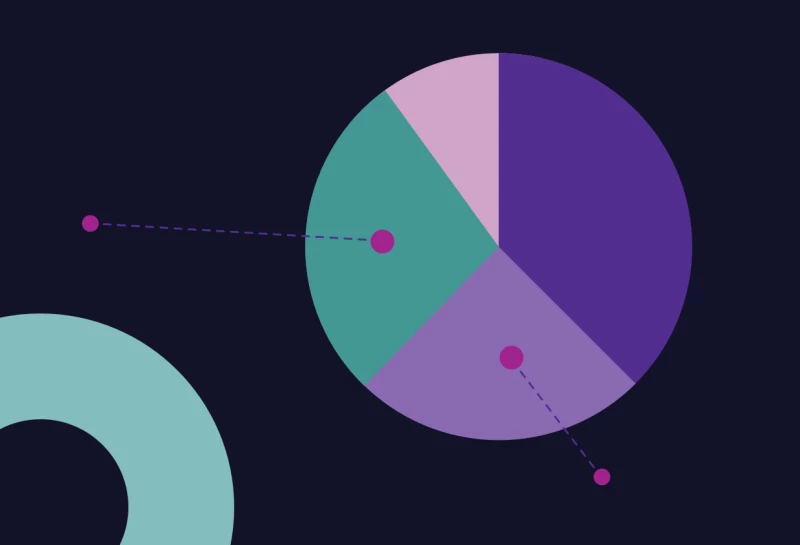Research
CSMaP is a leading academic research institute studying the ever-shifting online environment at scale. We publish peer-reviewed research in top academic journals, produce rigorous reports and analyses on policy relevant topics, and develop open source tools and methods to support the broader scholarly community.
Academic Research
-
Journal Article
Survey Professionalism: New Evidence from Web Browsing Data
Political Analysis, 2025
Online panels have become an important resource for research in political science, but the compensation offered to panelists incentivizes them to become “survey professionals,” raising concerns about data quality. We provide evidence on survey professionalism exploring three US samples of subjects who donated their browsing data, recruited via Lucid, YouGov, and Facebook (total 𝑛=3,886). Survey professionalism is common, but varies across samples: by our most conservative estimate, we find 1.7% of respondents on Facebook, 7.6% on YouGov, and 34 7% on Lucid to be professionals (under the assumption that professionals are as likely as non-professionals to donate data after conditioning on observable demographics available from all online survey takers). However, evidence that professionals lower data quality is limited: they do not systematically differ demographically or politically from non-professionals and do not exhibit more response instability. They are, however, somewhat more likely to speed, straightline, and attempt to take questionnaires repeatedly. To address potential selection issues in donating of browsing data, we present sensitivity analyses with lower bounds for survey professionalism. While concerns about professionalism are warranted, we conclude that survey professionals do not, by and large, distort inferences of research based on online panels.
-
Journal Article
How Language Shapes Belief in Misinformation: A Study Among Multilinguals in Ukraine
Journal of Experimental Political Science, 2025
Scholarship has identified key determinants of people’s belief in misinformation predominantly from English-language contexts. However, multilingual citizens often consume news media in multiple languages. We study how the language of consumption affects belief in misinformation and true news articles in multilingual environments. We suggest that language may pass on specific cues affecting how bilinguals evaluate information. In a ten-week survey experiment with bilingual adults in Ukraine, we measured if subjects evaluating information in their less-preferred language were less likely to believe it. We find those who prefer Ukrainian are less likely to believe both false and true stories written in Russian by approximately 0.2 standard deviation units. Conversely, those who prefer Russian show increased belief in false stories in Ukrainian, though this effect is less robust. A secondary digital media literacy intervention does not increase discernment as it reduces belief in both true and false stories equally.
Reports & Analysis
-
Report
Research Coordination Network: Democracy in the Networked Era
The Digital Information Environment & Global Elections
September 23, 2025
-
Analysis
Who Has a Policy that Would Benefit You? More Voters Say Trump.
National survey data from the 2016, 2020, and 2024 elections shed light on how candidates' campaign strategies impact voter policy recall.
November 2, 2024
Data Collections & Tools
As part of our project to construct comprehensive data sets and to empirically test hypotheses related to social media and politics, we have developed a suite of open-source tools and modeling processes.


